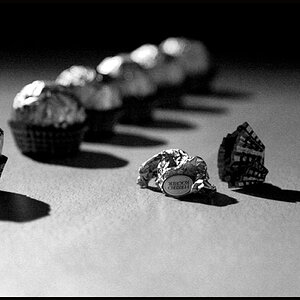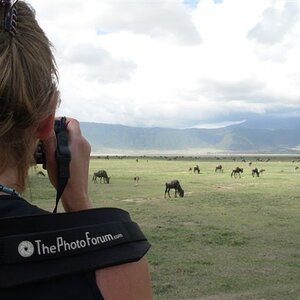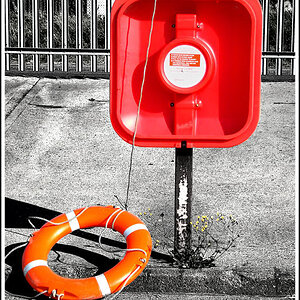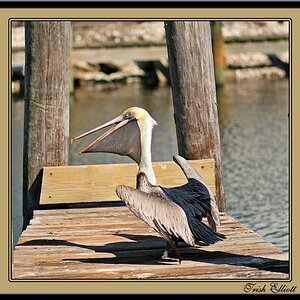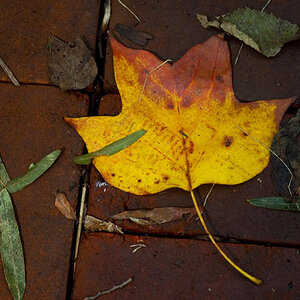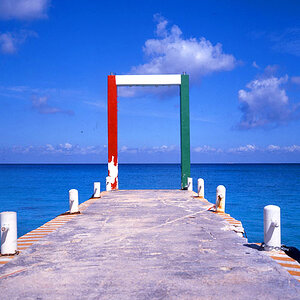- Joined
- Aug 15, 2013
- Messages
- 13,695
- Reaction score
- 3,369
- Location
- SE Michigan
- Can others edit my Photos
- Photos OK to edit
... But our flash units do not do this repeating function. They simply are not strobes.
ummm .... see my post above :scratch:
http://www.thomaspiteraphotography.com/techniques-reviews/stroboscopic-flash-with-speedlights/
how do i access stroboscopic flash?


Many of today’s high-end Speedlights such as the Canon 580EX/EX II and Nikon SB-800/900 have this feature built in. Canon refers to this feature as Multi Mode while Nikon calls it Repeating Flash (RPT). We’ll be using a Nikon SB-800 for this tutorial, but all of these concepts can be applied to any flash with a stroboscopic mode.
http://prairielightimages.com/2010/...he-repeating-flash-feature-on-the-nikon-d300/
Last edited:


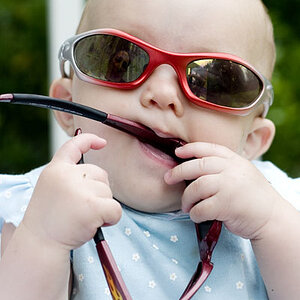
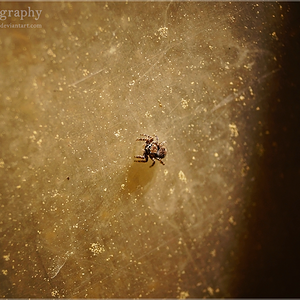
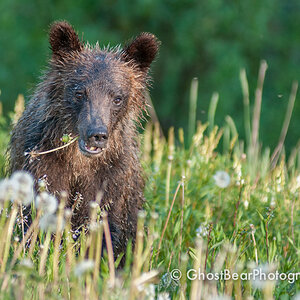
![[No title]](/data/xfmg/thumbnail/31/31012-f5e0c7cdea2f2c3e44737e3f61c2461a.jpg?1619734567)
